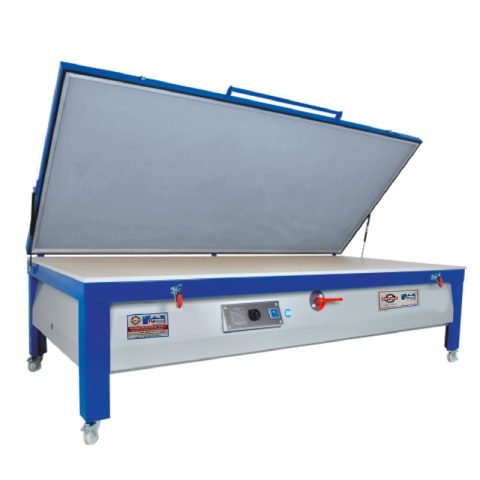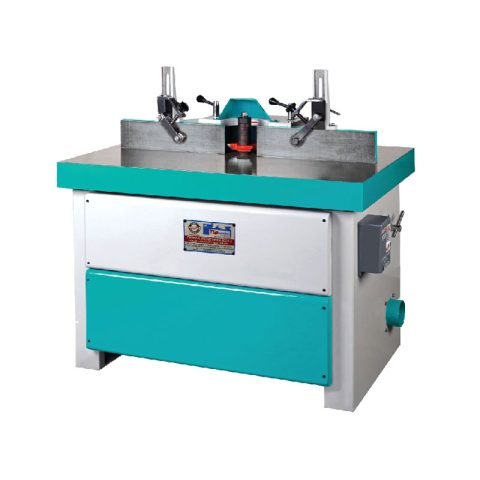| Model No. | WWB-13044 | WWB-13045 | WWB-13046 | WWB-13047 | WWB-13048 |
| Table Capacity | 14” x 14” | 18” x 18” | 24” x 24” | 30” x 30” | 36” x 36” |
| Throat Capacity | 14” Approx. | 18” Approx | 24” Approx | 30” Approx | 36” Approx |
| Tilt (Degree) | To Right 45 | To Right 45 | To Right 45 | To Right 45 | Fix Table |
| Speed For Metal (Approx) | 92 mt./minute | 118 mt./minute | 115 mt./minute | 177 mt./minute | 225 mt./minute |
| – | 121 mt./minute | 155 mt./minute | 225 mt./minute | 281 mt./minute | 290 mt./minute |
| – | 237 mt./minute | 303 mt./minute | 345 mt./minute | 430 mt./minute | – |
| Power Required | 1 HP | 2 HP | 5 HP | 7.5 HP | 10 HP |
| Running Motor RPM | 1440 | 1440 | 1440 | 1440 | 1440 |
Here are some key features and aspects of a woodworking bandsaw:
Structure
A typical woodworking bandsaw consists of a cast iron or steel frame that supports the wheels, blade guides, table, and motor. The frame provides stability and rigidity to ensure accurate and smooth cutting.
Blade and Blade Guides
The blade of a woodworking bandsaw is a continuous looped blade with teeth that cut through the material. Blades come in various widths, tooth configurations, and tooth pitch to suit different cutting applications. Blade guides, typically located above and below the table, help support and guide the blade, ensuring proper alignment and minimizing blade deflection.
Wheels
Bandsaw wheels are usually made of cast iron or steel and provide the necessary motion to drive the blade. The upper wheel is driven by the motor, while the lower wheel keeps the blade tensioned. The wheels are often rubber-coated to provide grip and reduce noise during operation.
Table
The table is a flat surface located below the blade, where the workpiece rests during cutting. Woodworking bandsaws typically have a cast iron or steel table that can be tilted for angled cuts. The size of the table varies depending on the model and can be extended with optional attachments for supporting larger workpieces.
Fence and Miter Gauge
Many woodworking bandsaws come with a fence and miter gauge. The fence is used for making straight cuts parallel to the edge of the workpiece, while the miter gauge allows for angled or beveled cuts.
Blade Tensioning and Tracking
Woodworking bandsaws feature mechanisms for adjusting blade tension and tracking. Proper tensioning ensures the blade stays on the wheels and prevents it from wandering or coming off during cutting. Tracking adjustments help keep the blade aligned and centered on the wheels for accurate cutting.
Dust Collection
Woodworking generates a significant amount of dust, and bandsaws often have built-in dust collection ports or systems to capture dust and debris. Connecting a dust collector helps maintain a cleaner work environment and improves visibility during cutting.











There are no reviews yet.